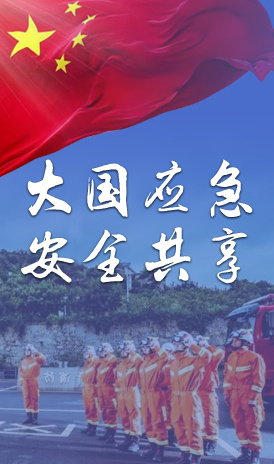
The management regulations for hazardous chemical transportation vehicles mainly include the following aspects:
1. Requirements for Vehicles and Facilities
Vehicles transporting hazardous chemicals must comply with relevant national standards and pass inspections to ensure their suitability for transporting hazardous chemicals. Vehicles should be equipped with necessary protective gear and emergency rescue equipment to cope with possible dangerous situations.
Tanks and other containers used for transporting hazardous chemicals should be tightly sealed to prevent leakage or spillage due to temperature, humidity, or pressure changes during transportation. At the same time, the overflow and pressure relief devices of tanks and other containers should be accurately set and flexible in opening and closing.
2. Requirements for Drivers and Management Personnel
Drivers, loading and unloading managers, and escorts of hazardous chemical transport vehicles must understand the hazardous characteristics of the transported hazardous chemicals, as well as the requirements for the use of packaging and containers, and emergency response methods in case of hazardous situations.
Drivers should obtain the corresponding motor vehicle driver's license, be no older than 60 years old, and pass the examination of relevant freight laws and regulations, motor vehicle maintenance, and basic knowledge of cargo loading and storage by the transportation department of the municipal people's government divided into districts.
III. Transportation Management Requirements
Dangerous chemical transportation vehicles should strictly follow the prescribed route, time, and speed, and overloading, exceeding limits, and speeding transportation are strictly prohibited. During transportation, the vehicle should be kept stable to prevent the leakage of hazardous chemicals or other hazards.
Dangerous chemical transport vehicles shall not be mixed with ordinary goods to ensure transportation safety. At the same time, the vehicle must be equipped with a positioning system to monitor the vehicle's position and driving trajectory in real time.
Units transporting hazardous chemicals should establish sound safety production management systems, clarify the safety responsibilities and operating procedures of personnel at all levels. At the same time, regular safety education and training should be provided to drivers, loading and unloading managers, and escorts to enhance their safety awareness and emergency response capabilities.
4、 Accident handling and supervision inspection
When accidents occur during the transportation of hazardous chemicals, drivers and passengers must take corresponding emergency measures according to the nature of the hazardous chemicals and report to the local transportation authorities and relevant departments in a timely manner. At the same time, relevant departments should cooperate in accident investigation and handling work.
Transportation authorities at all levels should strengthen the supervision and inspection of hazardous chemical transport vehicles, and impose penalties on units and individuals who violate regulations in accordance with the law. At the same time, a management file for hazardous chemical transportation vehicles should be established to regularly review and update the safety performance and driver qualifications of the vehicles.
The above content is for reference only. Specific regulations on the management of hazardous chemical transportation vehicles may vary depending on factors such as region and specific types of hazardous chemicals. For more detailed information, it is recommended to consult relevant laws and regulations or consult the local transportation authority.